honey process coffee pdf
Green coffee beans extracted from ripe coffee cherries. Recently these varying levels have become known as black honey red honey and yellow honey respectively - more of the coffee cherry left.
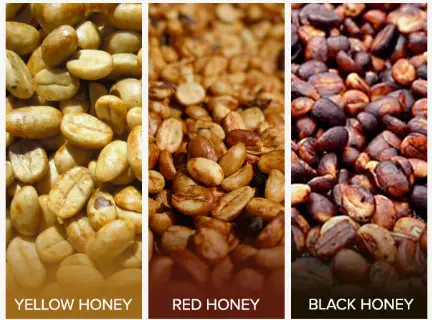
Everything You Need To Know About Honey Process Coffee The Home Roast
Honey - Pulped natural process.
. This figure implies that 46 million cubic meters of water would be needed each year to process 167 million sacks of green coffee. Honey is often heated to 6677C to decrease its viscosity prior to filtration. To start this process the ripe cherries from the harvest will be sent to a wet mill.
The pulping stage extracts the two coffee beans inside a coffee cherry and removes red skin and fruit pulp. In Brazil for example research was carried out. Honey processing bridges the gap between wet and natural coffees.
Washed or wet coffees are pulped and then fermented to remove the mesocarp also known as mucilage layer before being dried and milled. Beans are dried under shade for 3 to 5 weeks based. Outside of Brazil where its called pulp-natural it tends to be uncommon practiced mostly by coffee producers with a penchant for experimentation.
Here 80-100 of the mucilage being removed. However the beans will be contained. A natural or honey processed coffee requires a flavourful coffee cherry.
Honey Process Mucilage-Dried The honey process or mucilage-dried is a sort of hybrid process. Black Honey Coffee removes 0-25 of the skin and mucilage. Processing of Coffee Cherries.
First the outer cherry skin is mechanically removed but then rather than being washed the beans are left to dry in the sun still covered with their parchment and mucilage. The natural process develops extra flavors that compliment and develop the bean. The pulped natural or semi dry process involves removing varying portions of the coffee cherry - it is somewhere between Wet Processing and Dry processing.
According to the method used for processing the well ripened coffee. Honey Sun Dried or HSD Method. A washed process allows you to closely taste the actual bean.
Therefore this process is considered to be half-way between a washed coffee and a natural process coffee. This process can cause some confusion amongst roasters and consumers due to the many different forms that it can take dependent on the country of origin it is therefore a sort of hybrid process that is very much open to interpretation depending on the aim of the farmer. Honey Sun Dried process is a method where the fresh coffee cherries are de-pulped outer skin is removed but allowed to dry without washing the mucilage.
The honey process is used commonly mainly in Central American countries such as Costa Rica and El Salvador. Natural processed coffees are dried hulled and milled. 10 Karnataka Rubber coffee anagula mixed forest flora 11 Kerala Rubbercardamom coconut forest flora.
One of the main causes of immature harvesting is the fear of theft. Outer pectin layer and parchment coat inner layer. Extra care is also needed during the sorting pulping and drying processes post-harvest because of the assortment of under- and over-ripe cherries.
Known as Pulped Natural in its native Brazil this method has gained popularity and is now used. Anaerobic oxygen-free fermentation is one of the newest methods to process coffee and has gotten popularity especially among really high end coffee such as. Black honey is the term for the final degree of honey processing.
The worlds most popular coffee processing methods are natural washed and honey. During the drying process the. Some of the fruit is still there but not nearly as much as in the natural process.
Immature harvesting This is the most serious problem with coffee harvesting. PULPED NATURALHONEY PROCESS This process sits between the two other methods. In the wet mill they are loaded and pass through a de pulping machine.
The heating process also reduces the moisture content delays crystallization and destroys yeast cells enhancing shelf life. While you may not have heard about Honey coffees until a few years ago the lots that are processed using this method have become increasingly popular throug. Pulped natural or honey process is a method in which the fresh coffee cherries are de-pulped but allowed to dry without washing.
This machine forces the coffee beans out of the cherries. Removed pulp is placed back in the plantation as fertiliser. Honey is a food and it.
Red Honey Coffee has 25-50 of the mucilage removed. Washed coffees depend almost 100 on the bean having absorbed enough natural sugars and nutrients during its growing cycle. A process of crystallization.
Coffee is processed in one of three ways. Pulped natural semi dry honey process. Like a washed coffee the coffee cherries are depulped removing the skin and pulp.
The cherries are mechanically depulped but the depulping machines are set to leave a specific amount of flesh on the beans. Some honey is pasteurized which requires temperatures of 72C or higher. This removes any undesirable excess material such as dirt and stones.
Bean coated by mucilage. Yellow Honey Coffee removes 50-75 of the mucilage. Honey brings forward the clean flavor of a washed with the extra sweetfruity characteristic of a.
The honey Process is a processing method where the coffee cherries are peeled without washing and then dried with the 2 mucilage that still covers the coffee beans. Under-ripe coffee cherries are very difficult to process and a low quality product is produced. The goal of a honey process is to break the difference between a washed and a natural process coffee.
Maize wheat coffee sesame chickpeas and honey. In addition heating increases the brown color of the honey. Most of the cherry is gone but the remaining golden sticky mucilage is reminiscent of honey which is where the process gets it name.
Washed coffees reflect both science of growing coffee. 375 in the washing and transport of the beans and 50 in the transport of the pulp. The cherries are washed.
Washed-processed also known as the wet process. It is fairly close in style to natural process coffee retaining a fairly dark color once dried. Honey process coffee pdf Monday March 7 2022 Edit.
Although granulation does not oney does not affect good price in. Honey Production and Marketing. Coffee beans transferred to a raised bed to be dried.
Picking the Ripe red coffee cherries. This means the varietal soil weather ripeness fermentation washing and drying are key. The conventional process of the coffee might use 40 liters of water per kilogram of dry parchment coffee DPC 125 in pulping.
A good coffee cannot be made from poorly harvested coffee cherries.
The Current Popular Coffee Processing Method Natural Wet Honey

Pdf Challenges In Specialty Coffee Processing And Quality Assurance

Honey Processed Coffee What S The Difference Between Yellow Red Black Perfect Daily Grind
The Current Popular Coffee Processing Method Natural Wet Honey
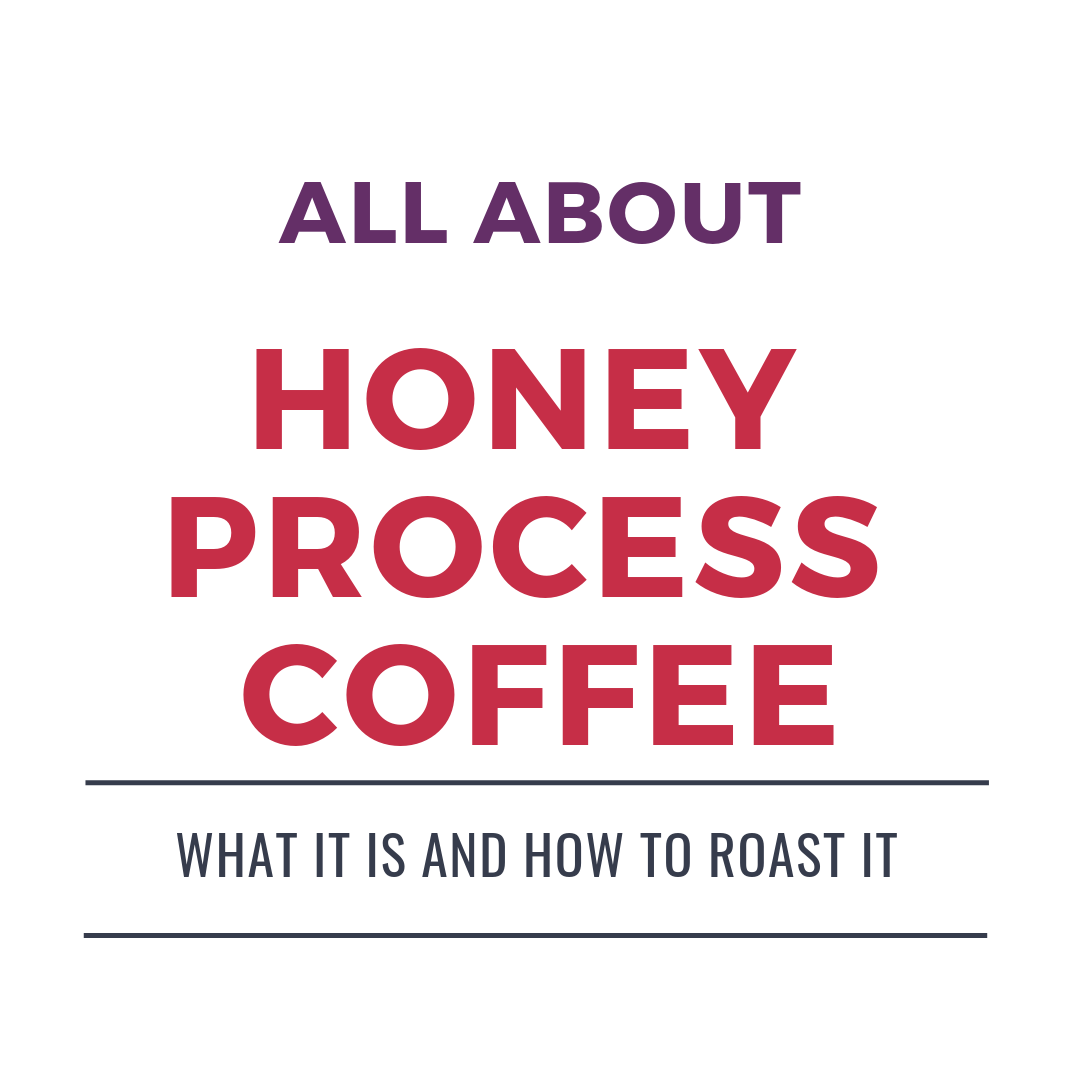
Everything You Need To Know About Honey Process Coffee The Home Roast

Pdf Influence Of The Roasting Process On Bioactive Compounds And Aroma Profile In Specialty Coffee A Review

Coffee Processing Methods Different Types Of Coffee Coffee Type Coffee

What Is Red White Black Honey Processed Coffee Big Island Coffee Roasters
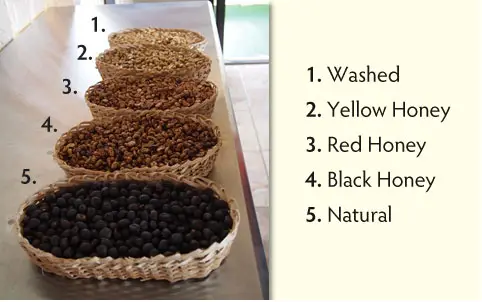
Everything You Need To Know About Honey Process Coffee The Home Roast
Why Should Specialty Roasters Offer Honey Processed Coffee

Coffee Processing Methods Discover How Coffee Gets Made Bean Bean Coffee Roasters
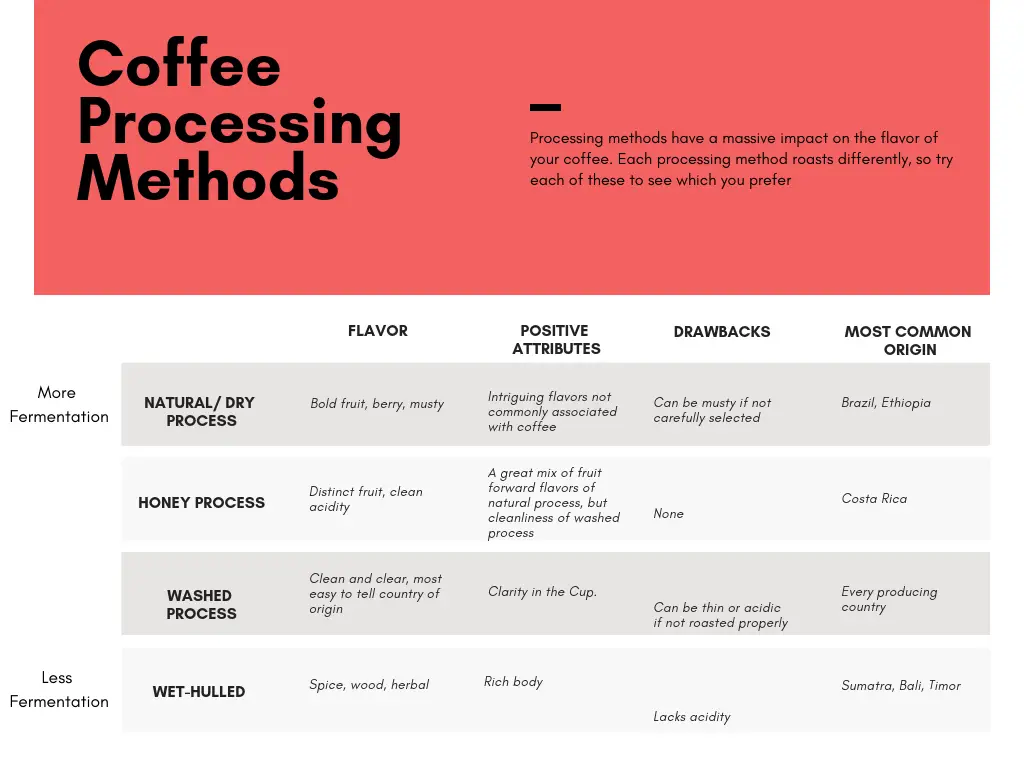
Everything You Need To Know About Honey Process Coffee The Home Roast
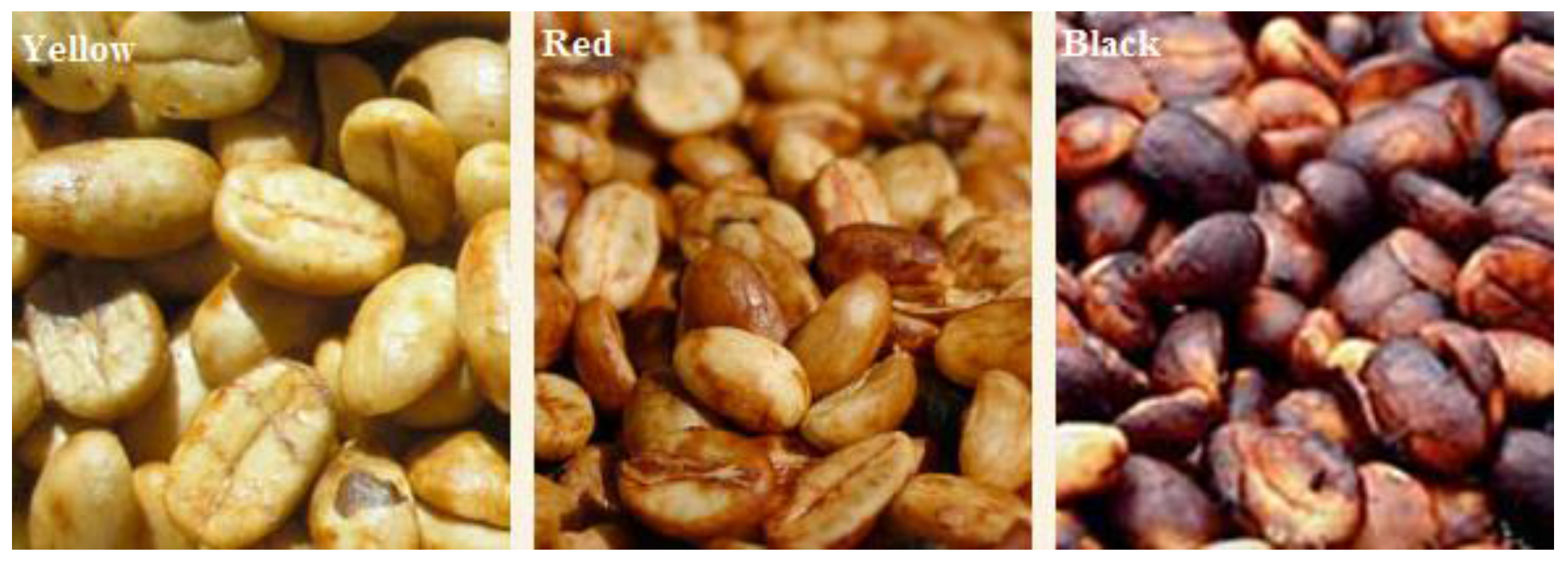
Challenges Free Full Text Challenges In Specialty Coffee Processing And Quality Assurance Html

Pdf Challenges In Specialty Coffee Processing And Quality Assurance

Why Should Specialty Roasters Offer Honey Processed Coffee

Pdf Coffee Flavour An Overview
The Current Popular Coffee Processing Method Natural Wet Honey

Pdf Chapter 9 Coffee Beans And Processing

Coffee Processing Methods Coffee Infographic Coffee Process Coffee Infographic Design